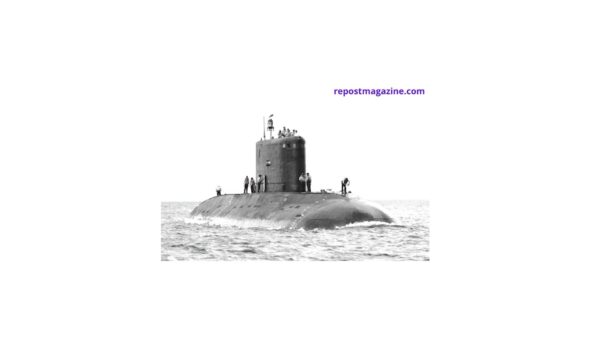
Just as Australia took a 180-degree turn from 12 French-built diesel attack submarines to nine US Virginia class nuclear powered and conventionally armed submarines or SSNs, the Modi government also will need to make dyed within the wool admirals understand the deterrence of the nuclear platform.
The Australian decisive recognition of strategic reality within the Indo-Pacific by pitching for nuclear attack and not diesel submarines has forced India and Japan to rethink their naval posture within the wake of the belligerent Chinese navy. While Indian national security planners are now seriously thinking of upgrading its sub-surface naval capacities, the successor of Japanese Prime Minister Yoshihide Suga will need to take a turn the war renunciation clause enshrined in article nine of their constitution. albeit China is one among the most important trade and investment partners of Japan, the latter along side India are the sole two Quad powers who have a land dispute with Beijing. For the US it’s a superpower competition with China and Australia features a trade dispute with Beijing.
Just as Australia took a 180-degree turn from 12 French-built diesel attack submarines to nine US Virginia class nuclear powered and conventionally armed submarines or SSNs, the Modi government also will need to make dyed within the wool admirals understand the deterrence of the nuclear platform. a bit like the Indian Navy still carries the imperial Cross of George on its flag, its admirals want 24 diesel submarines as prescribed by a two-decades-old plan along side three SSNs. The 1999 submarine plan was cleared by the Atal Bihari Vajpayee government at such a time when even mentioning the word potential threat along side China was considered taboo. The then defence minister George Fernandes realised this much to his chagrin as he was pilloried by Indian media and so-called strategists for calling China a possible future threat.
The reality within the Indo-Pacific today is completely different with the Chinese navy dominant on the main seaway to Japan and South Korea and threatening anyone following the rule of the ocean with military consequences. The Indian situation may become direr as credible Pakistani defence handles are tweeting about Islamabad acquiring a Chinese nuclear submarine . While there’s no intelligence to substantiate this, but if this happens, it’ll change the sport within the Arabian Sea and present a transparent danger to the vast Indian coastline.
With China still blaming India for the June 2020 Galwan clash despite unilaterally trying to impose an already rejected 1959 line on LAC a month before, the Modi government must have robust naval platforms for sea denial to aggressive Chinese Navy just in case of the worst-case scenario. And as nuclear attack submarines take quite a decade to create even with all the technology in hand, this decision must come now for the Chinese are going to be operating three aircraft carriers by 2025 and patrolling the Indo-Pacific.
One of the key lessons from the May 2020 LAC transgressions in Ladakh is that Beijing has no desire to compromise on the boundary dispute with India in either western, eastern, or middle sectors. The unilateral aggression shown in May 2020 by the PLA makes it evident that China won’t yield an in. for resolution of the six-decade-old boundary issue. instead of get over excited by the Chinese narrative of a tranquil border, there should be no slack in Indian deterrence ashore , air and stumped . alternatively the results are going to be disastrous.









